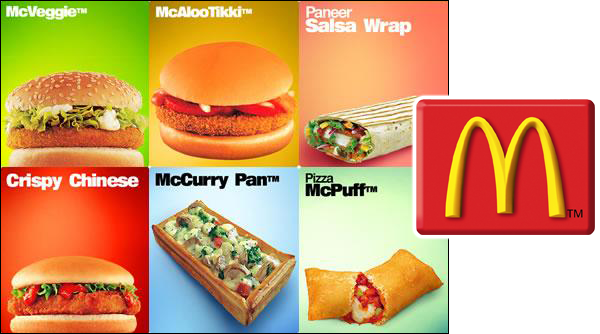Brand & Products Localization
 The globalization of the world economy has triggered more and more companies to expand beyond their local markets. This is especially true for brands that already enjoy a good reputation in their country’s market.
The globalization of the world economy has triggered more and more companies to expand beyond their local markets. This is especially true for brands that already enjoy a good reputation in their country’s market.
Exploring foreign markets for these big or small players means that the brand equity accumulated over the years back home can be transferred to the new entities abroad.
Nevertheless, such expansion is not always risk-free unless the local culture is analyzed and understood in order to serve the best interest of the brand/products.
When Pepsi entered the Chinese markets, they discovered that their slogan “Come Alive with the Pepsi Generation” was literally translated in Chinese as “Pepsi brings your ancestors back from the dead” and as “Come out of the grave with Pepsi”
Another example is McDonald’s when they had their big India expansion, given the fact that India is a vegetarian country. McDonald’s had to build a primarily veggie-lover’s menu, with only a few exceptions, such as the Chicken Mahraja Mac.
The menu in India has absolutely no beef or pork on it, in deference to the local belief that cows are sacred animals. McDonald’s ability to adapt to this meat-less culture is extraordinary when you consider the fact that it is best known as the chain that sells billions of hamburgers a year.

To achieve successful product localization, companies needs to understand the language, customs and culture of the specific market they are targeting. Companies should carefully consider their product names which sometimes can have different meanings in other cultures, some colors can have different cultural significance and humor can hurt if not used properly.
Today, the biggest market where companies carefully localize their products is China.
Starbucks took their localization attempts in China one step further and released Dragon Dumplings with 5 tastes and colors, which represent 5 blessings: coffee stands for warm love, gold for bright future, green for persistence, rose red for good luck, and white for peace.
While Levi’s launched dENiZEN, the name of its new “global brand” aimed at Asian consumers. The collection, offering its own logo and styles, is primarily aimed at China but also available in Singapore and South Korea.
KFC added a traditional Chinese street snacks to its breakfast menu to suit local tastes. The fast food chain offers now shaobing, a type of sesame-covered flatbread, also rice congee and fried dough sticks.
Absolut Vodka localized its brand in China by releasing a limited edition bottle for this market, Absolut 72 Bian. The design of Absolut 72 bian was inspired by an ancient Chinese fable, ”Journey to the West”, a heroic story about the monkey king Sun Wukong, who acquires the power to undergo 72 transformations.

Entering new markets requires much more than a market entry strategy; it’s a real brand building exercise. Brand managers need to re-evaluate key components of their brand strategy to face the needs of the market and stand up to competition. This requires both time and investment and only the strong will survive.
